The RaMell Ross directorial film ‘Nickel Boys’ is a profound dive into the lives of two young men and their friendship forged in the most troubling fires. Set in the ’60s, during the Jim Crow era, the story follows the life of Elwood Curtis, a young African-American man with a bright future ahead of him. However, instead of higher education and the heart of the civil rights movement, a series of injustices land the teenager in Nickel Academy, a Reform School.
There, his path crosses with Turner, and the two boys end up forming a deep bond that sees them through all the horrors within the establishment’s walls and beyond. ‘Nickel Boys’ maintains a unique visual and textual storytelling as it equips a distinct first-person perspective and dual timeline that adds a moving nuance to Elwood and Turner’s tale. Naturally, this creates an intricate narrative web that may leave the viewers with a few questions by the time the story comes to its conclusion. SPOILERS AHEAD!
Nickel Boys Plot Synopsis
In his early high school days, Elwood Curtis, who lives with his grandmother, Hattie, showcases great promise for his future. Alongside his academic performance, he is also an adamant follower and participant in the Civil Rights Movement and upholds ideals of justice and freedom. Consequently, his teacher, Mr. Hill, encourages him to attend advanced, tuition-free courses at a Black University to continue his education. However, as he’s making the trek to the establishment, he ends up landing in trouble after accepting a ride in a stolen car. As a result, the authorities antagonize him for his brief and unwitting association with a criminal—and send him off to the reform school, Nickel Academy.
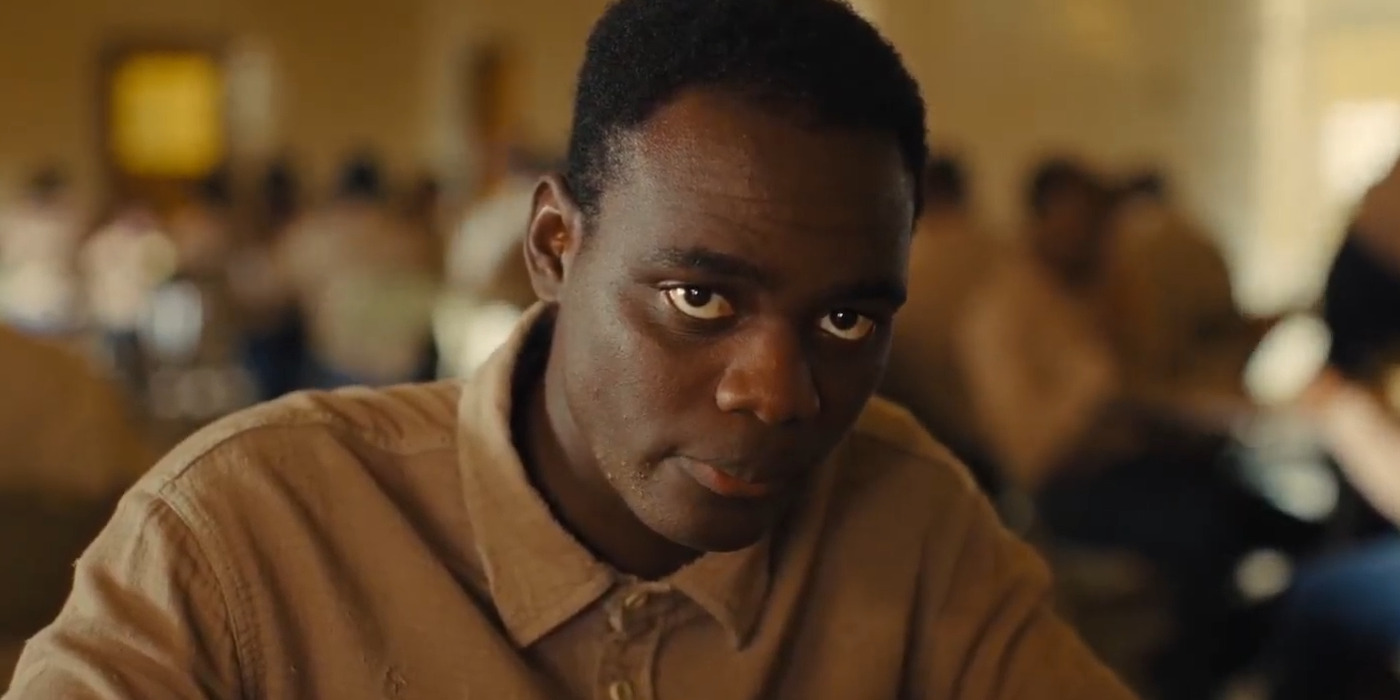
Within Nickel Academy’s segregated campus, the White students find comfortable amenities while the Black students are assigned rundown dormitories and facilities. Their opportunities for education are also few and far between, and they’re routinely used for unpaid labor—from picking oranges from orchards to doing chores around the homes of the administrative workers. Furthermore, despite the insistence that good behavior and performance will ensure an early release, common knowledge persists that the Academy doesn’t let go of its Black students until they age out. Their exploitation is further worsened by the systemic abuse and torture they suffer as punishment for failing to obey certain rules.
Shortly after his initial arrival in the Academy, Elwood meets Turner. Although the two boys are vastly different from one another, they seamlessly fit together, falling into an easy friendship. Eventually, Elwood’s inspired ideals compel him to attempt to stand up for the victim of a regular bullying incident. Nonetheless, it only lands him in trouble with the bullies and the adminstratives. As such, the teenager has his first experience of the dreadful White House, which houses the periodic abuse of students like him. The aftermath leaves the boy bed-bound in the infirmary. During this time, Turner’s paths coincidentally cross with Hattie, who has been desperately trying to meet her grandson while working with an attorney to ensure his release.
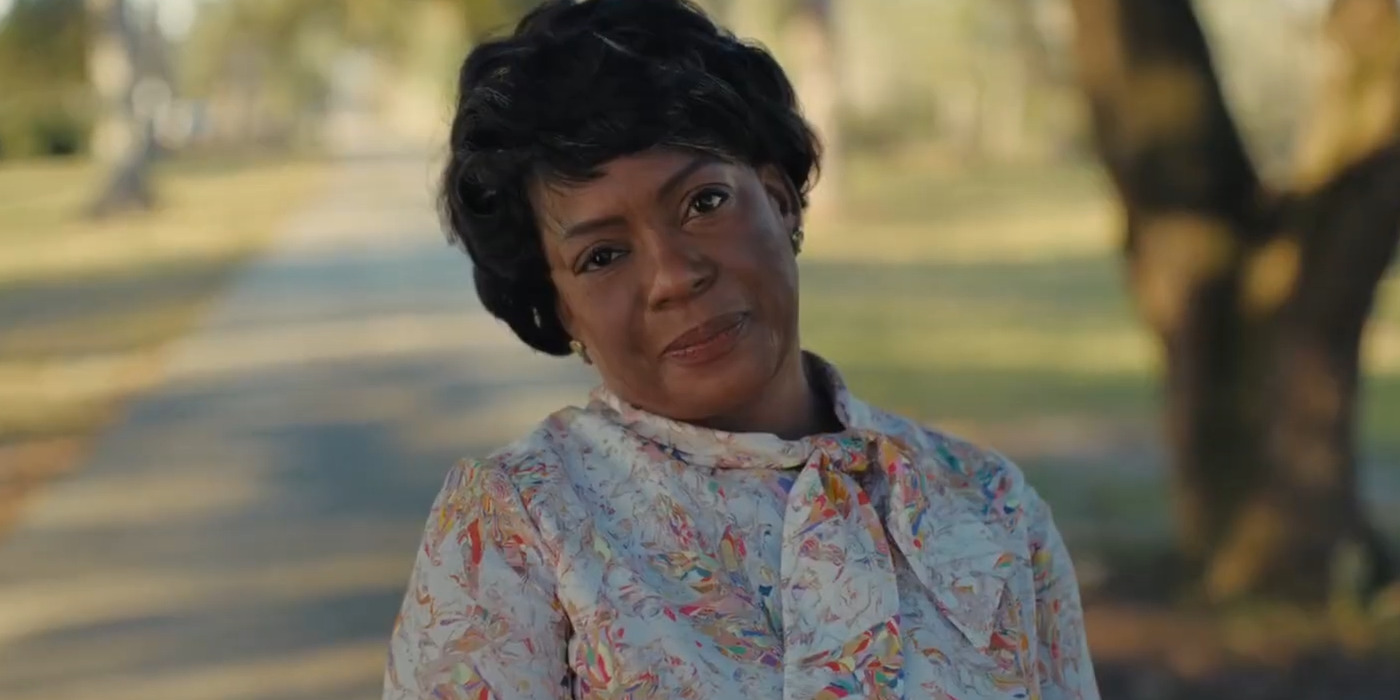
Even though their interaction remains comforting and wholesome, Turner decides against passing along Hattie’s letter to Elwood. Unlike his friend, Turner is eternally cynical after years of oppression under a system that’s rigged against him. Therefore, while Elwood wants to stand up for what is right even while trapped inside the abusive Academy, he knows better than to dream of any real change. This becomes even more evident when the duo accidentally overhears administrative worker Spencer compelling Griff, the best fighter at the boxing club, to throw his match against his white opponent. However, the young student accidentally wins the match, which seals his fatal demise at the hands of the administration. As these instances culminate, Elwood reaches the end of his tether and decides to make an effort to win his freedom.
Nickel Boys Ending: How Did Elwood Escape Nickel?
While the story follows Elwood and Turner’s time in the Nickel Academy, a simultaneous plot runs chronicling the life of an older Elwood. As the camera remains fixed, overlooking the back of his head, we see this older Elwood navigating a future outside of the Academy. Notably, much of his time is spent researching his own history as the abusive truth about Nickel Academy and its practices begins to come out decades later. As such, this consistent glimpse into Elwood’s past compels the audience to retain the belief that the teenager will likely get out of the establishment in time.

Initially, Elwood’s plan of action remains bold. His friend, Turner, is adamant that there are only four ways to escape the place. You can “graduate” or age out of the system, somehow successfully use a lawyer to get out, run away, or simply die. It’s obvious from the beginning that the Academy isn’t interested in releasing any of its students—not when they can easily exploit them. Similarly, Hattie’s attempts at employing a lawyer to fight her grandson’s case also fail after the attorney runs away with her money. Lastly, when it comes to running away, even Turner knows one is more likely to end up dead if they hazard such a stunt. For the same reason, Elwood tries to come up with a fifth way out.
Operating on his ideals and belief in revolutionary social change, Elwood writes down a detailed account of all the abuse and mistreatment he and other Black students face at the Academy. He wants to find a way to get that diary into the hands of some authority figure to ensure everyone’s freedom from the nightmarish establishment. Eventually, an opportunity shines when the Academy undergoes an inspection. The added scrutiny urges the Academy to extend some minimal improvements to the lives of the Black students, such as improved meals. Nonetheless, Elwood plans to get something much better out of the inspection. He tries to pass his diary to one of the Inspectors yet finds himself sidetracked by other obligations.
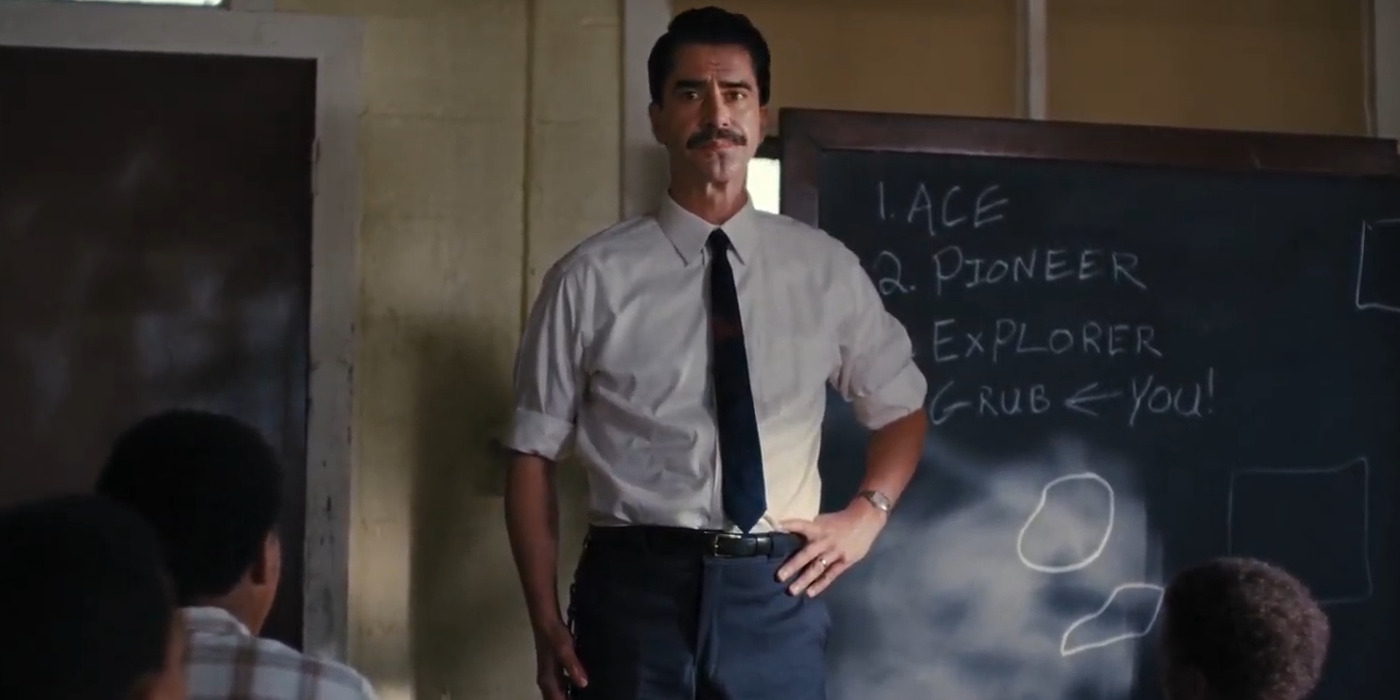
Consequently, Turner offers to turn the diary in for him—urging his friend to take a leap of faith. Even though Turner does manage to slide the diary into the cars of one of the Inspectors, nothing good comes of the plan. In the end, news of the diary reaches the administration, who retaliate by putting Elwood in the sweatbox as punishment. The sweatbox, a horrifying mode of solitary confinement, is a surefire way of sealing someone’s fate. For the same reason, Turner decides to shed his pessimism and takes daring action finally. He sneaks his friend out and tries to orchestrate their escape on stolen bicycles. Nevertheless, the school swiftly sics some of the White students to chase them down. Thus, even though Turner manages to outrun them, Elwood—in his rundown state—can only run so far before one of the students shoots him down.
Is Elwood Dead? Why Did Turner Assume His Identity?
Elwood dies after his and Turner’s attempt to escape from Nickel Academy. In some ways, his fate had been sealed the second he was resigned for the hotbox. The Academy doesn’t take kindly to his rebellious ways and decides to punish him with death for his unwillingness to comply with his own oppression. Worse yet, the injustice behind his death and numerous others before and after him don’t come out until the establishment is long gone. After Elwood’s death in the fields, Turner kept running for his life until he managed to catch a train to his freedom. Still, he had to live with the weight of his friend’s demise. While the other boy knows the Academy is solely to blame for their crimes, he must have sustained some survivor’s guilt for outliving Elwood.
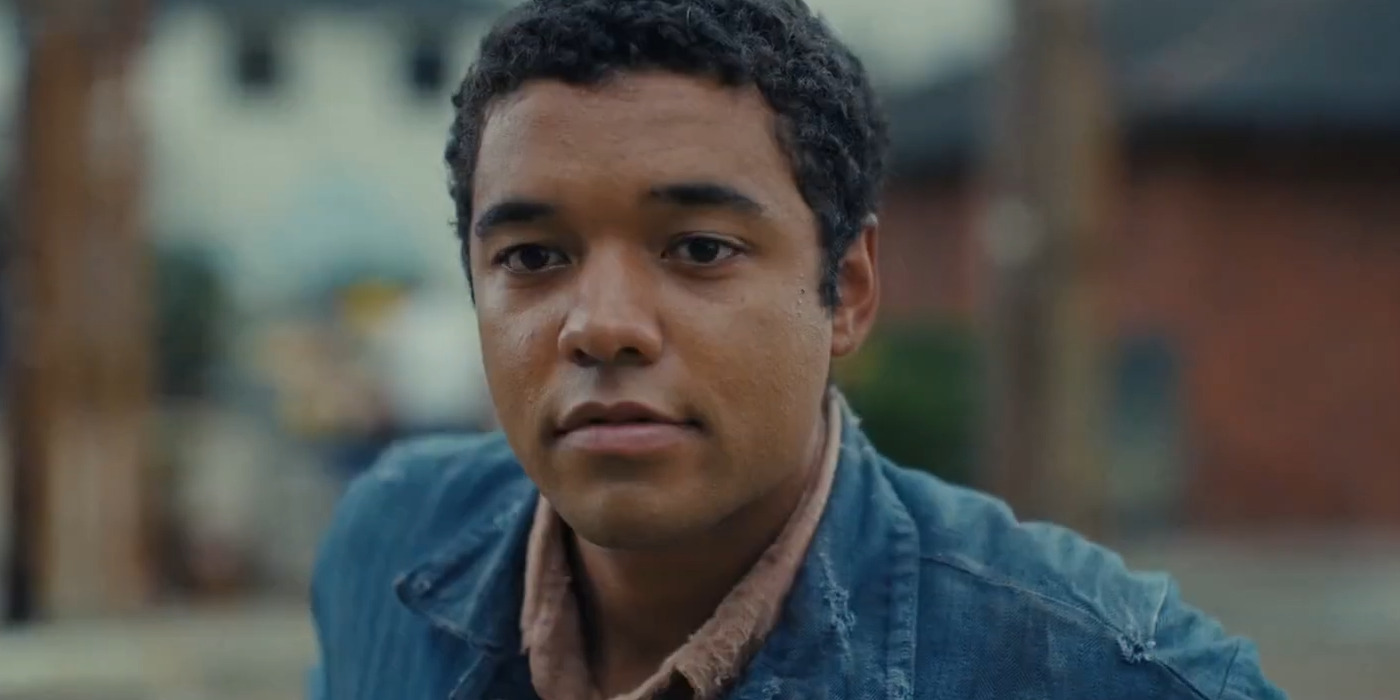
Therefore, Turner runs until he reaches Tallahassee, where he finds Elwood’s grandmother and delivers the tragic news of her grandson’s death. The Academy will likely never own up to the truth about his demise and will instead fabricate lies about his escape—a tactic they have long used to cover up similar murders. From there, Turner has to return to a regular life, which is all the more aggravated under the weight of the trauma he has suffered. However, he decides to enter this new life with his friend, Elwood Curtis’ name. He adopts the name as his own and tries to incorporate the other boy’s values and beliefs into his life.
Turner—now Elwood—starts a moving company and builds a life for himself with his partner, Millie. Even years later, it remains difficult to reconcile with his memories of the past, especially of his friend. Yet, he continues looking into Nickel Academy, especially once the truth about its horrors begins to come out. He has been long tortured by the harrowing time he spends within those walls. For the same reason, when the time comes, he decides to take charge and come forward to testify about his experience. Much like his decision to adopt Elwood’s name, this decision is also driven by his sense of justice and yearning for retribution for his and every other Black student’s mistreatment in the reform school.
What Happened to Nickel Academy?
In the future timeline, the Nickel Academy’s reign rapidly nears its end. Over the years, Turner has closely followed the news about the establishment. Eventually, as more and more allegations are filed against the reform school and inspection begins discovering unmarked graves on the campus—the truth about the Academy finally begins emerging. By then, the place had closed down and was no longer employed as a juvenile correction facility. Turner becomes a part of the puzzle when he agrees to testify to shed light on the brutality of his own experiences.
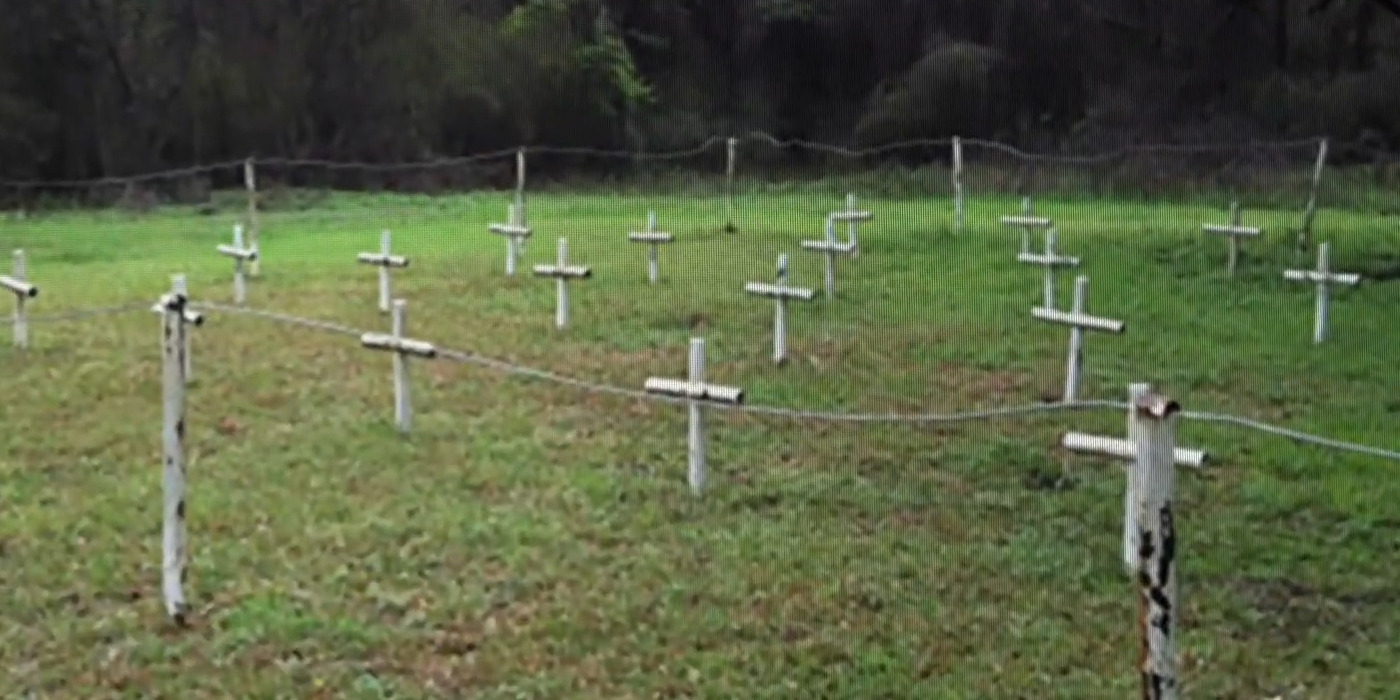
In real life, the Arthur G. Dozier School for Boys, the inspiration behind the Academy’s on-screen portrayal, underwent a similar route. Throughout its run, the establishment faced many allegations of abuse but managed to stay afloat without much pushback. Over the course of its history, it was reportedly responsible for the death of around 100 boys. As of now, only about half of these discovered unmarked graves have been identified. The school remained operational for a little over a century, from 1900 to 2011, when it was finally shut down after a series of investigations.
What Did the Last Scene Symbolize?
After its emotionally soul-stirring run, the film ends on a fitting, hopeful note with a scene of Elwood extending a hand toward Turner while they’re in the orange orchard, helping the other boy stand up. The scene’s inclusion after confirmation of Elwood’s death in the narrative hits hard and compels one to question the closing shot’s purpose within the story. Throughout the film, we see the world through Elwood and Turner’s eyes, experiencing every joy, hardship, connection, and abuse in an intimate manner. This shot isn’t any different.
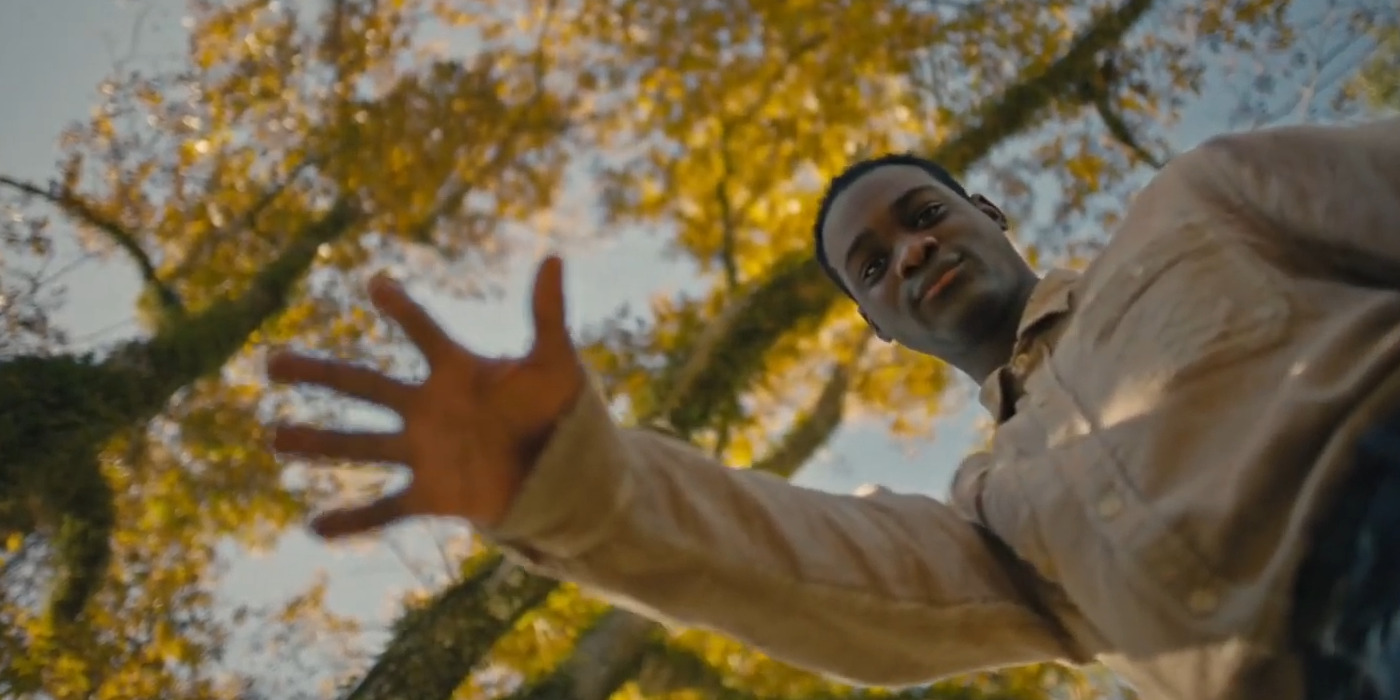
As the film part ways with the audience, it leaves them with a shot of Elwood occupying his role as the central protagonist. He’s helping Turner to his feet—symbolizing the way he helps the other boy overcome his cynicism and realize his ideals and values. His sense of justice and hope for a better world shapes Turner’s character throughout the story until the end. Thus, he leaves such an influence and imprint on his friend’s life that the latter decides to take on his name and wear it to honor his legacy. Consequently, the ending scene showcases the same dynamic between these two characters, emphasizing the gravity of their friendship.
Read More: Best True Story Movies on Hulu

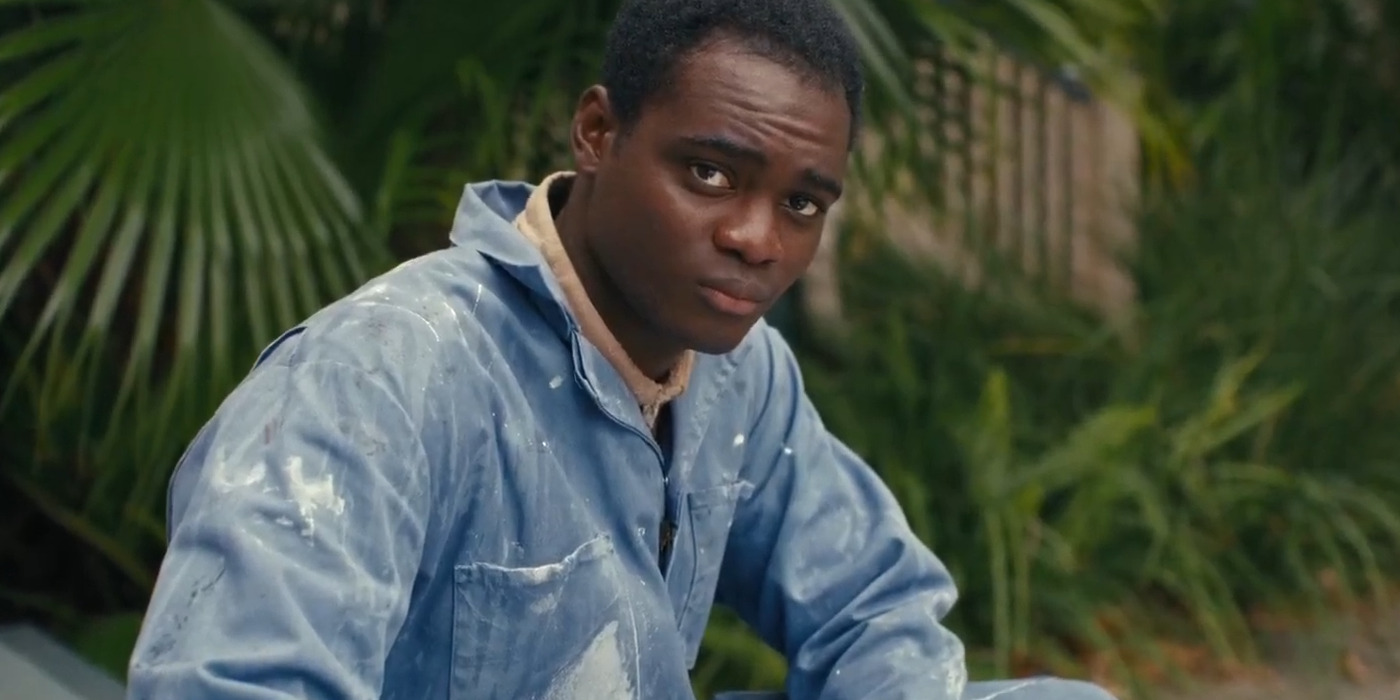
You must be logged in to post a comment.